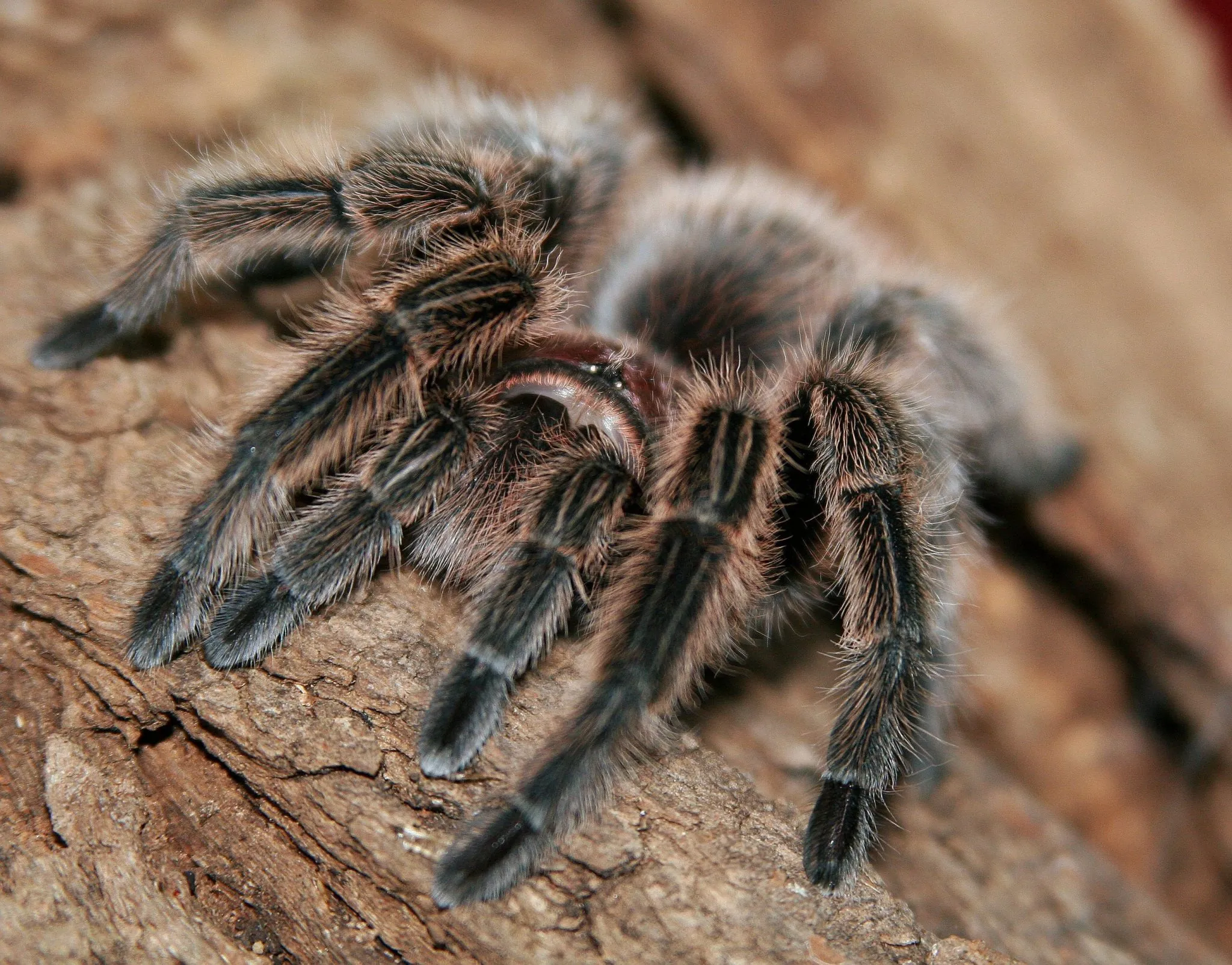The Chilean Rose Tarantula, a captivating and relatively docile species, is a popular choice for beginner tarantula keepers. Providing the right setup is crucial for their health, happiness, and longevity. This comprehensive guide will walk you through every step of creating the ultimate care environment for your Chilean Rose Tarantula, ensuring your eight-legged friend thrives in its new home. From choosing the perfect enclosure to understanding their unique needs, we’ll cover everything you need to know to provide optimal care and create a captivating habitat.
Choosing the Right Enclosure for Your Chilean Rose Tarantula
Selecting the appropriate enclosure is the first and most critical step in setting up your Chilean Rose Tarantula’s habitat. The enclosure not only houses your tarantula but also plays a vital role in regulating temperature, humidity, and providing a secure environment. A well-chosen enclosure will minimize stress for your pet and make it easier for you to monitor its health and behavior. The size, material, and overall design of the enclosure are all important factors to consider.
Size and Material Considerations
The material of the enclosure can vary, with glass and acrylic being popular choices. Glass enclosures are durable and offer excellent visibility, while acrylic enclosures are lightweight and offer good insulation. Both materials provide a secure environment as long as they have a secure lid. Ensure the lid is escape-proof, as tarantulas are surprisingly adept at finding their way out. The best enclosure is secure and allows for good ventilation. The chosen material should also be easy to clean.
Optimal Enclosure Size

While Chilean Rose Tarantulas are terrestrial and don’t require a lot of vertical space, the enclosure needs to be of an adequate size to allow them to move around comfortably and to accommodate the necessary substrate, hides, and water dish. A good rule of thumb is to provide an enclosure that is at least three times the tarantula’s leg span in width and length. A juvenile Chilean Rose Tarantula can start in a smaller enclosure and then be moved to a larger one as it grows. For an adult, a 10-gallon tank or larger is generally recommended. The size ensures they have room to roam without feeling cramped.
Ventilation and Security
Proper ventilation is crucial to prevent the buildup of mold and maintain the right humidity levels. Enclosures should have ventilation holes or mesh tops. These openings should be small enough to prevent escape but large enough to allow for adequate airflow. Security is also paramount. Tarantulas are masters of escape, so the lid must fit snugly and ideally have a locking mechanism or be weighted down. Regular checks are vital to make sure that the lid is secure and there are no gaps.
Substrate Selection for Chilean Rose Tarantulas
The substrate is the foundation of your tarantula’s habitat. It serves multiple purposes, including providing a surface for the tarantula to walk on, burrow in, and molt in. It also helps to maintain humidity levels and can even act as a buffer against temperature fluctuations. Choosing the right substrate is essential for creating a comfortable and healthy environment for your Chilean Rose Tarantula. The ideal substrate will be absorbent, safe, and easy to maintain.
Best Substrate Options
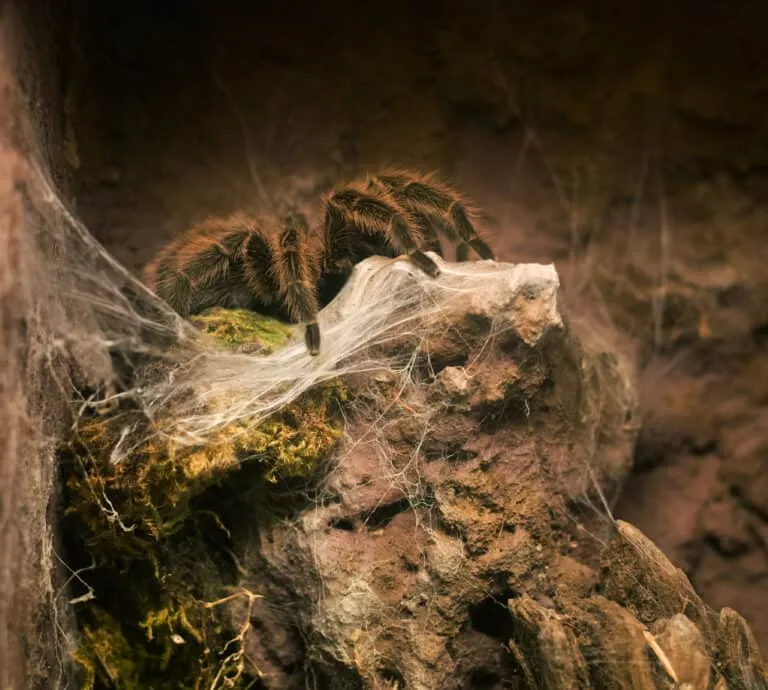
Several substrate options are suitable for Chilean Rose Tarantulas, each with its own advantages. A popular and safe choice is a mix of coconut fiber (also known as coco coir), peat moss, and a small amount of vermiculite. Coconut fiber holds moisture well, which is ideal for maintaining humidity. Peat moss is also excellent for retaining moisture and provides a natural look. Vermiculite adds aeration to the substrate, preventing compaction. Other options include reptile-safe potting soil, and a combination of these, but avoid substrates that contain fertilizers or other chemicals.
Substrate Depth and Maintenance
The depth of the substrate is important for the tarantula’s well-being. It should be deep enough for the tarantula to burrow if it chooses, and to allow for a comfortable molt. For a juvenile, 2-3 inches of substrate should be sufficient. For an adult, 4-6 inches or more is recommended. Regular maintenance is also necessary. Spot clean the substrate weekly, removing any uneaten food, molts, or waste. The frequency of full substrate changes will vary depending on the size of the enclosure and the amount of waste produced but generally, a full change every 6-12 months is recommended. This will keep the environment clean and prevent the buildup of harmful bacteria.
Providing Essential Decorations and Hides
Decorations and hides are not merely aesthetic additions, they are crucial components of a tarantula’s well-being. These elements provide the tarantula with security, enrichment, and a sense of comfort. A well-decorated enclosure will help your Chilean Rose Tarantula feel safe and reduce stress, which in turn promotes healthy behaviors. Providing a suitable environment also allows the tarantula to express its natural behaviors, leading to a healthier, happier pet.
Types of Hides and Their Importance
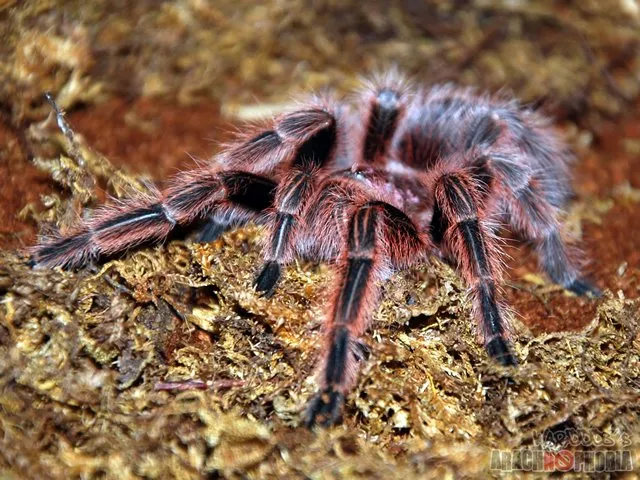
A hide is the most important decoration, providing the tarantula with a safe place to retreat. There are various hide options available, including commercially made hides, cork bark, and even half of a terracotta pot. Cork bark is a particularly popular choice because it provides a natural look, offers great hiding space, and allows the tarantula to comfortably burrow underneath. The hide should be large enough for the tarantula to comfortably fit inside but not so large that it feels exposed. Ensure the hide is stable and won’t collapse on the tarantula.
Adding Live or Artificial Plants
Adding plants can enhance the aesthetic appeal of the enclosure while also providing additional cover and humidity control. Live plants like pothos or spider plants are safe and beneficial, as they help to maintain humidity. Make sure the plants are free of pesticides and other harmful chemicals. If using live plants, ensure they are well-established in the substrate and can tolerate the humidity levels in the enclosure. Artificial plants can also work well and are easier to maintain. Whether you choose live or artificial plants, they should be non-toxic and securely placed to prevent the tarantula from getting tangled or injured.
Temperature and Humidity Requirements
Maintaining the correct temperature and humidity levels is vital for the health and well-being of your Chilean Rose Tarantula. These conditions are critical for its metabolism, molting process, and overall comfort. Chilean Rose Tarantulas originate from arid environments, so their care involves carefully balancing the temperature and humidity to mimic their natural habitat. Regularly monitoring these elements helps to ensure that your tarantula is living in the best possible conditions.
Maintaining the Right Temperature
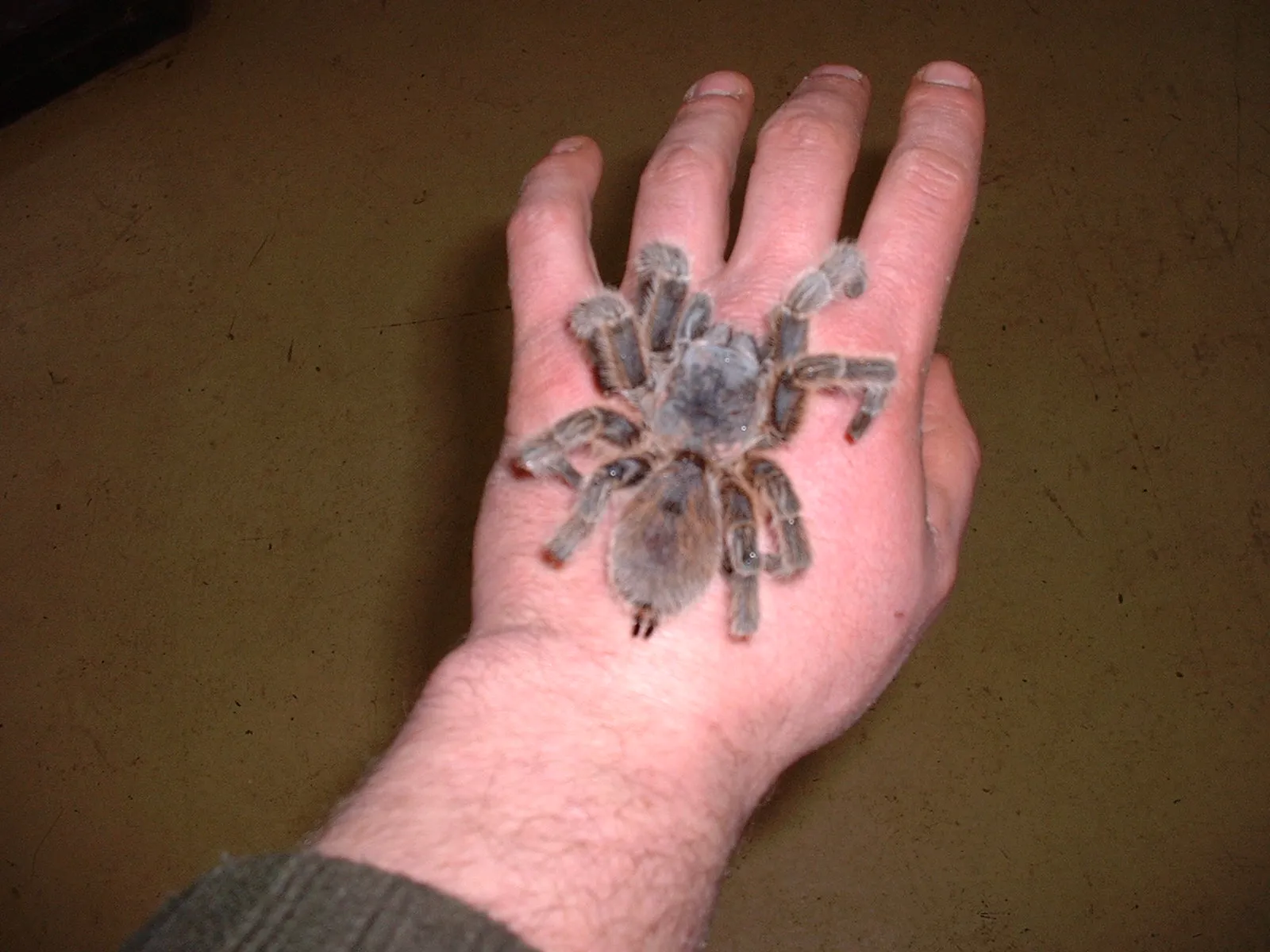
Chilean Rose Tarantulas thrive in a temperature range of 70-80°F (21-27°C). This temperature range can usually be achieved in a typical home environment. Avoid placing the enclosure in direct sunlight or near heat sources like radiators, which can cause the temperature to fluctuate dramatically. If the room temperature is consistently below 70°F, you may need to use a low-wattage heat pad or a ceramic heat emitter placed on the side of the enclosure to maintain the ideal temperature. Always monitor the temperature with a reliable thermometer.
Humidity Levels and How to Monitor Them
Humidity is another critical factor in caring for your Chilean Rose Tarantula. Aim for a humidity level of 60-70%. This can be achieved by lightly misting the enclosure once or twice a week, or by overflowing the water dish. The frequency of misting will depend on the ventilation in the enclosure and the humidity of your home environment. Avoid over-misting, as this can lead to excessive humidity and mold growth. Use a hygrometer to monitor the humidity levels accurately. Place the hygrometer inside the enclosure to ensure it is reading the actual humidity experienced by the tarantula. Adjust your misting schedule accordingly to maintain the desired range.
Watering and Feeding Your Tarantula
Proper hydration and nutrition are essential for the health and vitality of your Chilean Rose Tarantula. These factors influence everything from its ability to molt successfully to its overall activity levels. By providing a consistent supply of fresh water and a balanced diet, you are ensuring that your tarantula has the resources it needs to thrive. Paying attention to their eating habits and drinking behavior can also give you insights into their overall health and well-being.
Water Dish and Hydration
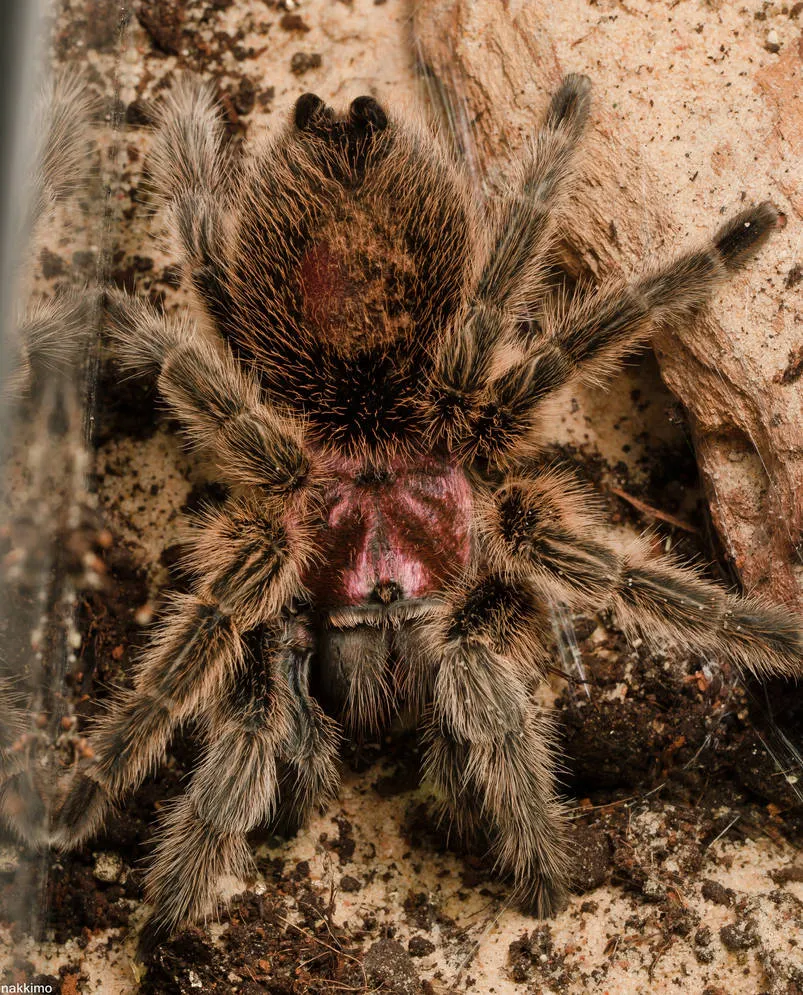
A shallow water dish is essential for providing your Chilean Rose Tarantula with access to fresh water. The dish should be large enough for the tarantula to drink from but shallow enough to prevent drowning, especially for spiderlings. Use a water dish that is stable and not easily tipped over. Always ensure the water dish is filled with clean, fresh water. If the water evaporates quickly, or if you are concerned about humidity, you can place a sponge or cotton ball in the water dish to increase the surface area for evaporation and maintain humidity. Replace the water at least twice a week, or more often if it becomes soiled.
Feeding Schedule and Prey Selection
The feeding schedule for a Chilean Rose Tarantula depends on its age and size. Spiderlings (young tarantulas) should be fed 2-3 times a week. Sub-adults and adults can be fed every 1-2 weeks. Always offer appropriately sized prey items, such as crickets, mealworms, or roaches. The prey should be no larger than the tarantula’s abdomen. Remove any uneaten prey within 24 hours to prevent stress on the tarantula and to avoid mold growth. Variety in the diet can be beneficial, so consider offering different types of prey periodically. Be sure to research any prey species before introducing it to your tarantula, as some may carry parasites or pose a risk to your pet.
Cleaning and Maintaining the Setup
Regular cleaning and maintenance are crucial to maintaining a healthy environment for your Chilean Rose Tarantula. This process involves both spot cleaning to remove waste and debris, and full enclosure cleans to refresh the substrate and ensure the overall cleanliness of the habitat. A clean environment reduces the risk of disease, promotes good health, and makes the habitat more appealing to observe. Regular maintenance also allows you to identify potential health problems early, enabling you to take corrective actions promptly.
Spot Cleaning and Full Enclosure Cleans
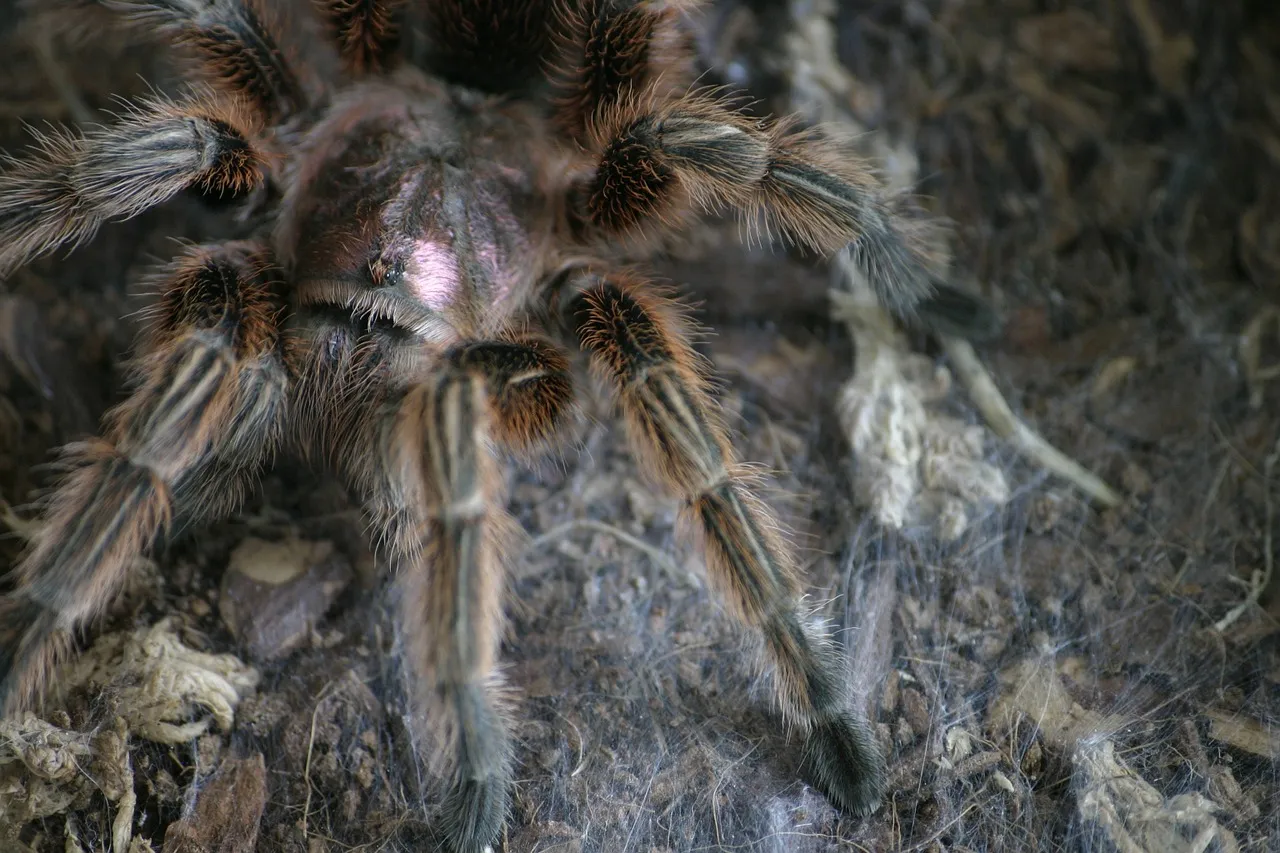
Spot cleaning should be performed weekly. This involves removing any visible waste, uneaten prey, and old molts. Use tongs or tweezers to carefully remove these items, being mindful not to disturb the tarantula if it is visible. Full enclosure cleans should be done every 6-12 months. During a full clean, remove the tarantula to a temporary holding container. Remove all substrate and decorations, clean the enclosure with warm water and reptile-safe cleaner, and allow it to dry completely. Replace the substrate with fresh material and return the decorations to the enclosure. This will refresh the environment and reduce the buildup of waste and potential pathogens. Always ensure your tarantula is safely handled when moved to its temporary housing.
Recognizing and Addressing Common Problems
Even with the best care, problems can arise. Knowing how to recognize and address common issues is important for ensuring the well-being of your Chilean Rose Tarantula. Early detection of problems can prevent them from becoming serious. Regular observation and a proactive approach will go a long way in keeping your pet healthy and happy. Learning to recognize signs of distress is a key part of responsible tarantula ownership.
Some common problems include mites, which can be detected by small moving specks on the tarantula or in the enclosure. If mites are present, consult with a veterinarian or experienced tarantula keeper for advice on treatment. Other problems to watch for are signs of dehydration, such as a shriveled abdomen or sluggish behavior. Ensure your tarantula has access to water. Molting issues are also relatively common. If your tarantula has trouble molting, it may be a sign of low humidity or other environmental issues. By maintaining optimal environmental conditions and being vigilant about your tarantula’s health, you can enjoy many years of companionship with your Chilean Rose Tarantula.
In conclusion, setting up a Chilean Rose Tarantula enclosure is a rewarding endeavor. By following the guidelines in this comprehensive care guide, you can provide your tarantula with a safe, comfortable, and stimulating environment. Remember to always prioritize the well-being of your pet and be prepared to adjust your care routine as needed. With proper care and attention, your Chilean Rose Tarantula will thrive, providing you with endless fascination and enjoyment for years to come.
